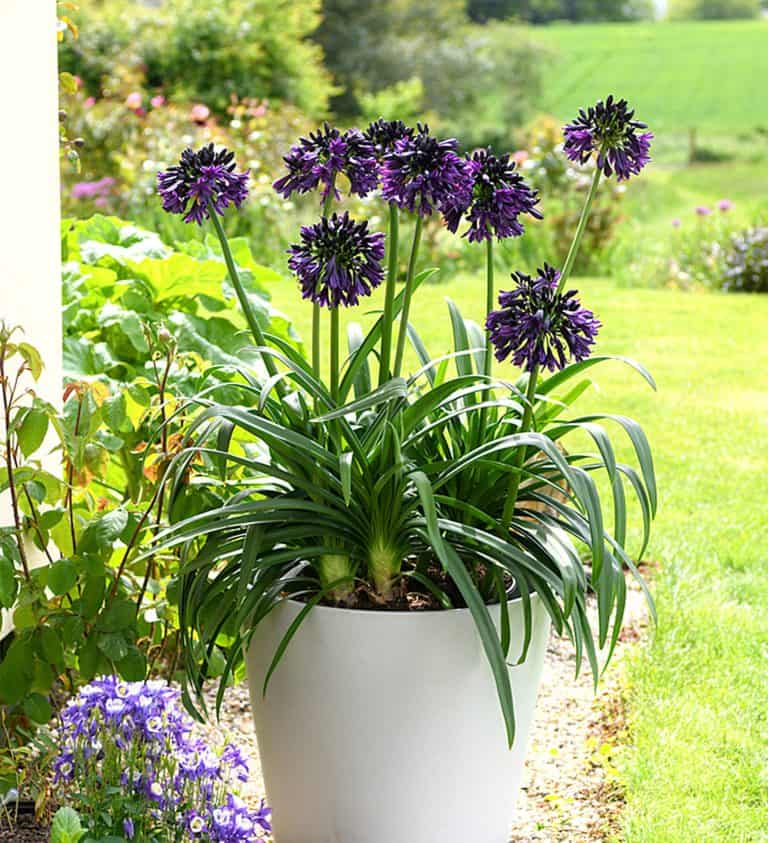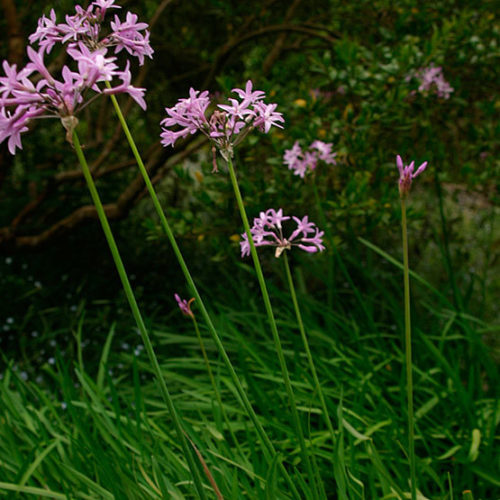Seasonal Agapanthus Care: Planning For Winter Season and Summertime
Seasonal Agapanthus Care: Planning For Winter Season and Summertime
Blog Article
Grasping the Art of Agapanthus Care: Necessary Steps for Healthy And Balanced Growth and Lively Blossoms
In the world of gardening, the growing of agapanthus stands as a satisfying undertaking for those who seek to nurture these classy flowering plants. From picking the right selection to understanding pruning strategies, the trip towards cultivating prospering agapanthus plants is complex and holds the crucial to unlocking the complete potential of these herb gems.

Picking the Right Agapanthus Range

When choosing the appropriate Agapanthus variety for your yard, take into consideration variables such as environment viability, blossom shade, and growth routine. Agapanthus, commonly called Lily of the Nile or African lily, can be found in a range of colors ranging from shades of purple and blue to white. Pick a bloom color that complements your existing garden palette to create a harmonious landscape. In addition, take into consideration the environment in your area to make certain the Agapanthus selection you choose can flourish in your particular conditions. Some varieties are much more forgiving of cold temperature levels, while others prefer warmer climates. Recognizing the development behavior of different Agapanthus ranges is vital for correct placement within your yard. Some selections have a clumping development habit, ideal for containers or boundaries, while others have an even more dispersing nature, appropriate for ground cover or mass growings. By carefully evaluating these aspects, you can pick the perfect Agapanthus variety to enhance the beauty of your garden.
Suitable Planting Conditions
Taking into consideration the optimum environmental demands is crucial for effective Agapanthus cultivation. Agapanthus flourishes in well-draining soil with a slightly acidic to neutral pH degree. When planting, choose a location that gets full sunshine to partial color. In hotter climates, providing some afternoon color can prevent scorching of the leaves. Agapanthus plants are delicate to chilly temperatures and ought to be safeguarded from frost throughout cold weather.
To ensure healthy development and vibrant blossoms, plant Agapanthus bulbs at a deepness of regarding 2-4 inches and area them 8-12 inches apart. Adding raw material, such as compost, to the soil can boost water drainage and fertility, advertising robust origin advancement. Mulching around the base of the plants aids maintain moisture and subdues weed growth. Regular watering is critical, especially throughout the expanding season, to maintain the soil continually moist yet not saturated.
Watering and Feeding Tips
Maintaining correct dampness levels and supplying essential nutrients are essential aspects in the treatment regimen for Agapanthus plants. When it comes to watering Agapanthus, it is crucial to strike a balance. These plants like constantly wet soil however are prone to root rot if overwatered.
Feeding Agapanthus is essential for promoting healthy growth recommended you read and prolific blossoms. Apply a well balanced fertilizer, such as a 10-10-10 formula, in the very early spring as new development arises. Repeat this application every 6-8 weeks throughout the growing season. Prevent too much fertilization, as it can lead to rich foliage at the expenditure of blossoms. Constantly adhere to the maker's directions for proper dilution and application approaches. By adhering to these watering and feeding suggestions, you can ensure your Agapanthus plants flourish and generate lively, lasting blossoms.
Trimming Methods for Agapanthus
Trimming Agapanthus plants at the proper times and with appropriate methods is crucial for keeping their health and advertising optimum development and flowering. The excellent time to trim Agapanthus is in late wintertime or early springtime prior to brand-new growth arises. Beginning by removing any kind of yellowing or dead fallen leaves near the base of the plant. Cut them as close to the ground as possible without damaging the emerging shoots.
For flowered stems, wait up until the blossoms have perished and then trim them back to the base. This not just tidies up the plant's look but likewise encourages the growth of new blossom buds. Deadheading invested flowers can also reroute the plant's energy into producing even more flowers as opposed to setting seeds. However, if you intend to collect seeds for proliferation, leave some flowers to dry and great post to read mature on the plant.
Remember to use tidy, sharp devices to make accurate cuts and decrease the danger of introducing diseases. Agapanthus. Routine pruning will certainly help keep your Agapanthus looking cool and healthy and balanced while guaranteeing a plentiful display of attractive flowers
Managing Common Insects and Conditions
After making certain appropriate trimming strategies for Agapanthus, it is necessary to deal with typical parasites and diseases that can impact the health and wellness and vigor of these plants. Agapanthus plants are typically sturdy yet can still succumb certain issues. One common insect that influences Agapanthus is the Agapanthus gall midge. This tiny, orange fly lays its eggs in the vegetation, leading to altered growth and flower buds that stop working to open up. To fight this parasite, trim and damage any kind of affected plant parts and think about using insecticidal soap.
In addition, Agapanthus plants can experience from root rot if they are grown in improperly draining pipes dirt. By being cautious and taking timely action against pests and conditions, you can help your Agapanthus plants thrive and create lively blossoms. Agapanthus.

Conclusion
To conclude, mastering the art of agapanthus Recommended Site treatment involves picking the ideal selection, giving optimal growing problems, correct watering and feeding, ideal trimming strategies, and dealing with common insects and conditions. By adhering to these vital actions, you can make certain healthy and balanced growth and dynamic blossoms for your agapanthus plants. Bear in mind to routinely monitor and maintain your plants to advertise their overall well-being and long life.
To make sure healthy and balanced development and vivid blossoms, plant Agapanthus light bulbs at a depth of about 2-4 inches and space them 8-12 inches apart. By following these watering and fertilizing tips, you can guarantee your Agapanthus plants prosper and produce vibrant, durable flowers.
One common parasite that impacts Agapanthus is the Agapanthus gall midget. In addition, Agapanthus plants can experience from root rot if they are grown in inadequately draining dirt. By complying with these important actions, you can ensure healthy development and dynamic blooms for your agapanthus plants.
Report this page